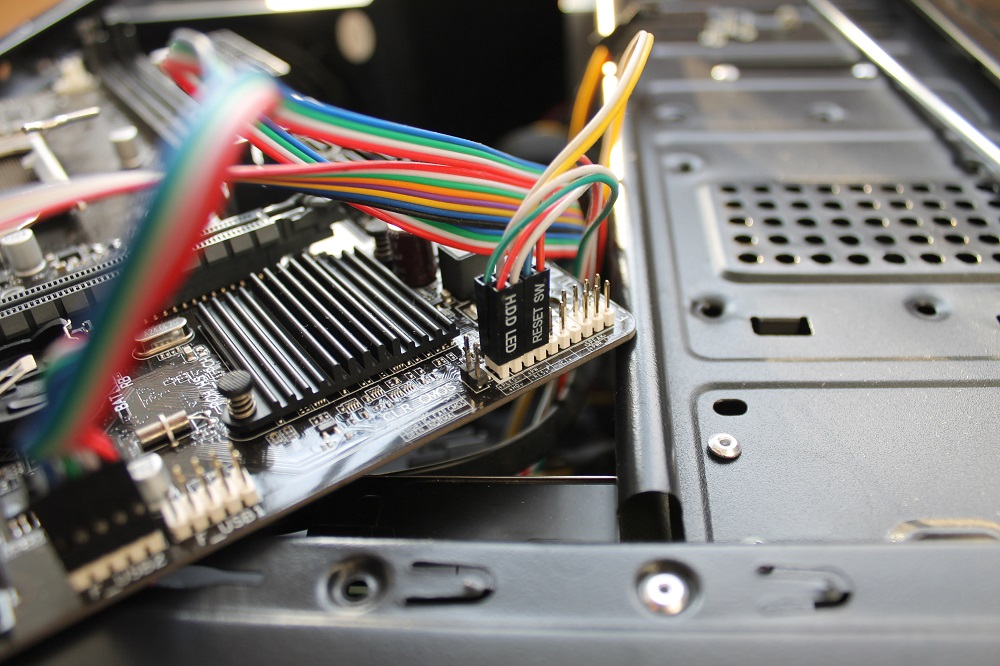- All
- Product Name
- Product Keyword
- Product Model
- Product Summary
- Product Description
- Multi Field Search
Views: 111 Author: Site Editor Publish Time: 2024-01-11 Origin: Site
Terminal blocks are an essential component of many electrical systems, providing a safe and reliable way to connect wires and cables. However, it is not just the selection of the appropriate terminal block that is important, but also the correct wiring direction. Proper wiring direction ensures that the electrical current flows in the right direction, preventing problems such as shorts, reverse polarity, and other electrical issues.
When installing terminal blocks, it is essential to follow the manufacturer's instructions and ensure that the wiring is connected in the correct direction. The direction of the electrical current flow should be taken into consideration when selecting the appropriate terminal block, as some blocks are designed for specific wiring directions. Installing a terminal block that is not suitable for the wiring direction can result in a variety of problems, including damage to equipment and increased risk of electrical shock or fire.
One common issue that can arise when wiring terminal blocks is reverse polarity. Reverse polarity occurs when the positive and negative wires are connected in the wrong order, causing the electrical current to flow in the wrong direction. This can cause damage to electronic components and result in system failure. It is essential to pay close attention to the wiring direction and ensure that the positive and negative wires are correctly connected to the appropriate terminals.
Another potential issue that can arise from incorrect wiring direction is shorts. Shorts occur when wires touch or cross, creating a circuit that can damage equipment or cause a fire. Proper wiring direction can help to prevent shorts by ensuring that the wires are correctly positioned and secured.

In addition to preventing problems, correct wiring direction can also help to improve the performance and reliability of electrical systems. When wires are connected in the correct direction, the electrical current flows smoothly and efficiently through the system, reducing the risk of system failure and improving overall performance.
Proper wiring direction can also help to ensure that electrical systems are in compliance with relevant safety regulations and standards. Many safety regulations require that electrical systems be installed and maintained in a manner that minimizes the risk of electrical shock, fire, and other hazards. Correct wiring direction is an essential aspect of ensuring compliance with these regulations and standards.
It is also important to note that the correct wiring direction may vary depending on the specific application and the type of terminal block being used. For example, some terminal blocks may be designed for specific types of wiring, such as solid or stranded wire, or for specific voltages and currents. It is important to select the appropriate terminal block for the specific application and to follow the manufacturer's instructions for correct wiring direction.
In conclusion, correct wiring direction is an essential aspect of installing terminal blocks and ensuring the safe and reliable operation of electrical systems. Improper wiring direction can result in a range of problems, from equipment damage and system failure to increased risk of electrical shock or fire. By selecting the appropriate terminal block for the specific application and following the manufacturer's instructions for correct wiring direction, you can help to ensure the safe and reliable operation of your electrical system.
This article covers the technical features of spring-loaded and push-in terminals, and both the advantages and disadvantages of these technologies when it comes to installation practices, commissioning, footprint and authorisation for the North American market. Why do we need spring terminal block ?
Wiring a terminal block correctly is a fundamental skill in electrical work, ensuring safe and reliable connections. This article will help you to understand the essential steps, from preparing your wires to securing them properly within various terminal block types.ContentWhat are Terminal Blocks?R
What is terminal block ?terminal block, also known as a connection terminal, is a modular block used in electrical and electronics systems to connect and secure electrical wires or cables. It serves as a convenient and organized way to make electrical connections, whether for power distribution, sig
Terminal electronics is the key point at which a conductor from a electronic component, device or network comes to an end.Terminal may also refer to an electrical connector at this endpoint, acting as the reusable interface to a conductor and creating a point where external circuits can be connected
Spring connectors, also known as spring-loaded connectors or pogo pins, are electrical connectors that use spring-loaded contacts to establish a temporary electrical connection. These connectors are commonly used in applications where repeated connections and disconnections are required, such as in
PCB terminal blocks are a vital electronic components in many electronic applications systems, allowing secure and reliable connections between printed circuit pcb boards and external wires. These terminal blocks are available in a variety of sizes, types, and materials to meet the specific needs o